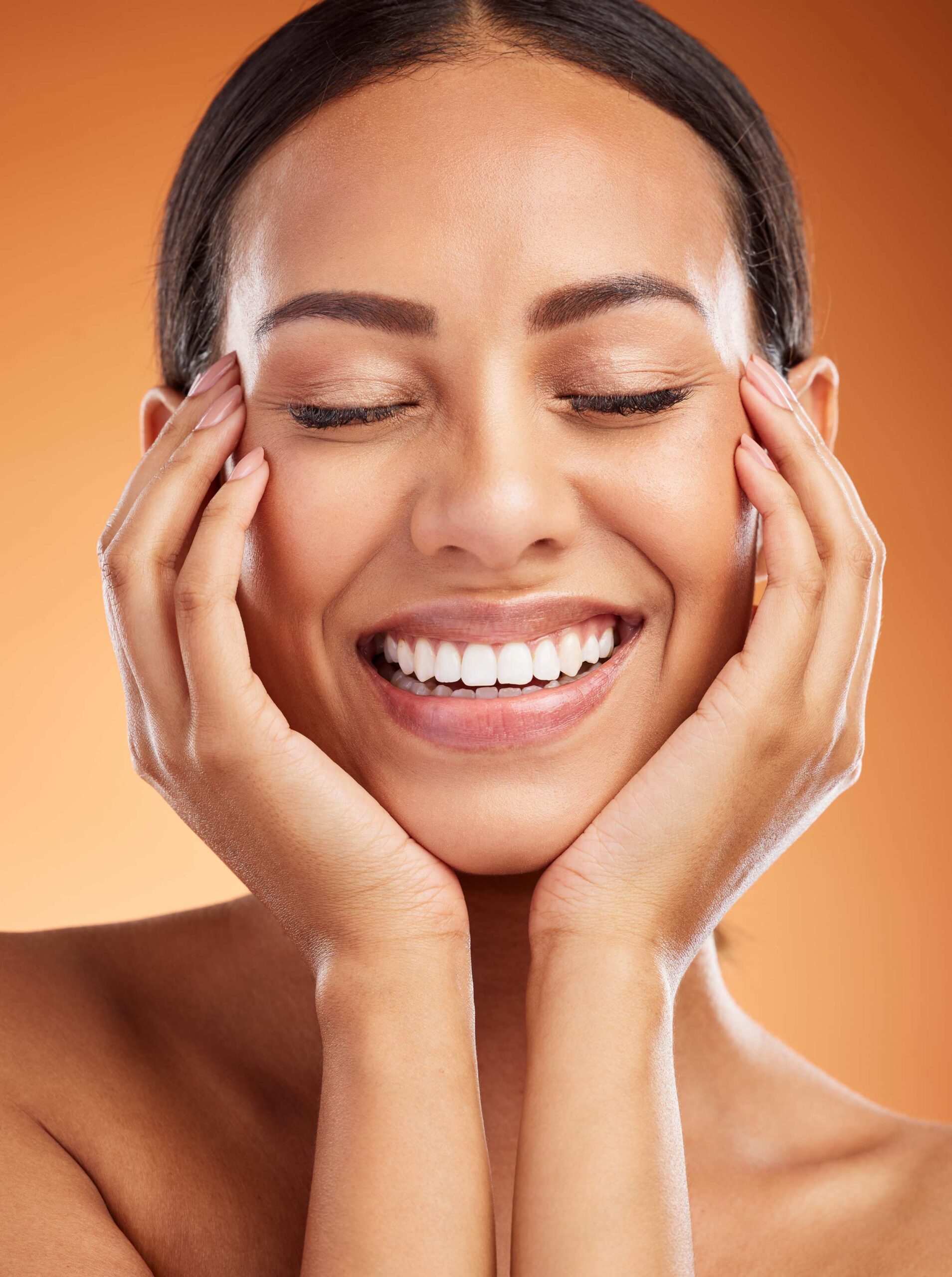Understanding the Causes of Teeth Discolouration
Teeth discolouration is a common concern that affects many individuals, and understanding its causes is crucial for determining the best whitening approach. Discolouration can be classified into two main categories: extrinsic and intrinsic stains.
Extrinsic stains are surface-level discolouration that affect the outer layer of the tooth, known as the enamel. These stains are often the result of dietary habits and lifestyle choices. For instance, the consumption of certain foods and beverages, such as coffee, tea, red wine, and dark-colored fruits, can lead to noticeable stains over time. Additionally, smoking and the use of tobacco products are significant contributors to extrinsic stains, as the tar and nicotine deposit on the enamel, causing it to darken.
Poor oral hygiene is another critical factor leading to extrinsic discolouration. Failure to brush and floss regularly allows plaque and tartar to build up on the teeth, which can cause them to appear yellow or brown. Regular dental cleanings and proper oral hygiene practices are essential in preventing and reducing these types of stains.
Intrinsic stains, on the other hand, occur within the tooth structure itself. These are often more challenging to address, as they involve the dentin, the inner part of the tooth. Several factors can lead to intrinsic discolouration, including genetics and aging. As people age, the enamel thins, revealing the naturally yellowish dentin beneath, which can make teeth appear less white. Additionally, certain medications, such as tetracycline antibiotics taken during childhood or high fluoride exposure, can cause intrinsic stains.
While intrinsic stains are more difficult to remove than extrinsic ones, understanding their causes can help individuals and dental professionals select the most effective whitening treatments. Addressing the root causes of teeth discolouration, whether they are dietary, lifestyle-related, or genetic, is essential in achieving and maintaining a brighter, whiter smile.
Effective Home Remedies for Teeth Whitening
Achieving a brighter smile can often be accomplished through effective home remedies for teeth whitening. Several natural and over-the-counter options are available, each with its unique benefits and considerations. Here, we delve into some of the most popular methods: baking soda, hydrogen peroxide, activated charcoal, and whitening toothpaste.
Baking Soda: Baking soda is a mild abrasive that can help remove surface stains from teeth. To use, mix a small amount of baking soda with water to form a paste. Gently brush your teeth with this paste for about two minutes, then rinse thoroughly. Baking soda is cost-effective and widely accessible, but its abrasive nature means it should be used sparingly to avoid enamel damage.
Hydrogen Peroxide: Hydrogen peroxide is a natural bleaching agent that can whiten teeth. It is often found in low concentrations in many over-the-counter whitening products. For a home remedy, mix equal parts hydrogen peroxide and water to create a mouthwash. Swish the mixture in your mouth for one minute, then spit it out and rinse with water. While effective, overuse or high concentrations can lead to gum irritation and increased tooth sensitivity.
Activated Charcoal: Activated charcoal is known for its high absorbency, which helps pull stains from the teeth. To use, wet your toothbrush and dip it into activated charcoal powder. Gently brush your teeth for two minutes, then rinse thoroughly. Though it may provide a temporary whitening effect, its long-term safety and efficacy are still under review, and overuse can lead to enamel erosion.
Whitening Toothpaste: Whitening toothpaste contains mild abrasives and chemical agents that help remove surface stains. Using whitening toothpaste as part of your daily brushing routine can gradually enhance the whiteness of your teeth. It is a convenient and low-risk option, although results may take time and are generally less dramatic compared to professional treatments.
These home remedies offer various advantages and disadvantages. It is essential to follow usage instructions carefully and consider the potential risks, such as tooth sensitivity and enamel damage. By making informed choices, you can safely incorporate these methods into your oral care routine and work towards a brighter, whiter smile.
Professional Teeth Whitening Options
When considering how to improve the whiteness of your teeth, professional teeth whitening treatments available can offer effective solutions. Among these treatments, in-office procedures such as laser whitening, custom-fitted bleaching trays, and professional-grade whitening gels are the most common options.
Laser whitening, also known as laser tooth bleaching, is a highly effective method where a concentrated bleaching gel is applied to the teeth and then activated by a laser light. This process can significantly whiten teeth in a single session, making it a popular choice for those seeking immediate results. However, it is important to note that laser whitening can sometimes cause temporary tooth sensitivity.
Custom-fitted bleaching trays involve the creation of personalised trays that fit the contours of your teeth perfectly. These trays are filled with a professional-strength whitening gel and worn for a specified period, usually overnight or for a few hours during the day. This method allows for gradual whitening, giving patients control over the shade of whiteness they desire. The key advantage of this approach is its customisation, ensuring even coverage and reducing the risk of irritation to the gums.
Professional-grade whitening gels are another effective option. These gels contain a higher concentration of bleaching agents compared to over-the-counter products, thereby providing more noticeable results. The application of these gels is usually supervised by a dental professional, ensuring proper usage and minimising any potential side effects such as gum irritation or increased tooth sensitivity.
Each professional teeth whitening method has its benefits and potential drawbacks. Laser whitening offers quick results but may lead to temporary sensitivity, while custom-fitted trays provide a more controlled and personalised whitening experience. Professional-grade gels offer potent bleaching but require careful application under professional guidance. Understanding these options can help you make an informed decision about the most suitable teeth whitening method for your needs, considering both efficacy and cost implications.
Maintaining Whiter Teeth: Tips and Best Practices
Achieving a brighter smile is an excellent first step, but maintaining the whiteness of your teeth is equally crucial. To keep your teeth looking their best, consider making some dietary changes. Certain foods and beverages, such as coffee, tea, red wine, and berries, are known to cause staining. Limiting their consumption or using a straw to minimise contact with your teeth can significantly reduce the risk of discolouration. Additionally, rinsing your mouth with water after consuming these items can help mitigate their staining effects.
Regular dental check-ups are another essential component in maintaining white teeth. Professional cleanings remove plaque and tartar build-up that can lead to discolouration. Your dentist can also provide personalised advice on keeping your teeth white and recommend suitable whitening touch-up products if needed. Regular visits ensure that any potential issues are addressed promptly, preventing them from affecting the appearance of your smile.
Good oral hygiene habits are fundamental to maintaining the whiteness of your teeth. Brushing at least twice a day with a fluoride toothpaste helps remove surface stains and prevent the build-up of plaque. Using a toothbrush with soft bristles and replacing it every three months ensures effective cleaning. Flossing daily is equally important, as it removes food particles and plaque from areas that a toothbrush cannot reach, reducing the likelihood of staining between teeth.
To prolong the results of both home and professional whitening treatments, consider using whitening touch-up products. Over-the-counter whitening toothpastes and mouthwashes can help maintain the brightness of your teeth. Additionally, whitening strips or gels can be used periodically to touch up your smile. However, it’s essential to follow the manufacturer’s instructions and consult with your dentist to avoid overuse, which can lead to tooth sensitivity.
Incorporating these tips and best practices into your daily routine can help you maintain a radiant smile. By making mindful dietary choices, adhering to regular dental check-ups, and practicing good oral hygiene, you can enjoy the lasting benefits of whiter teeth.

